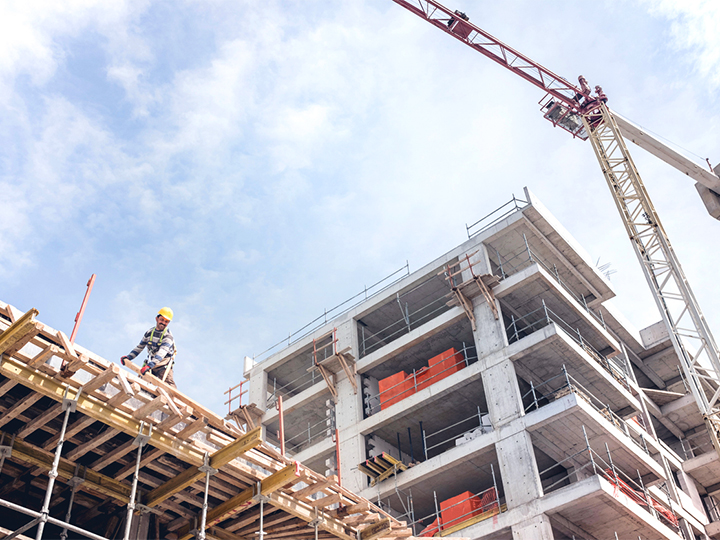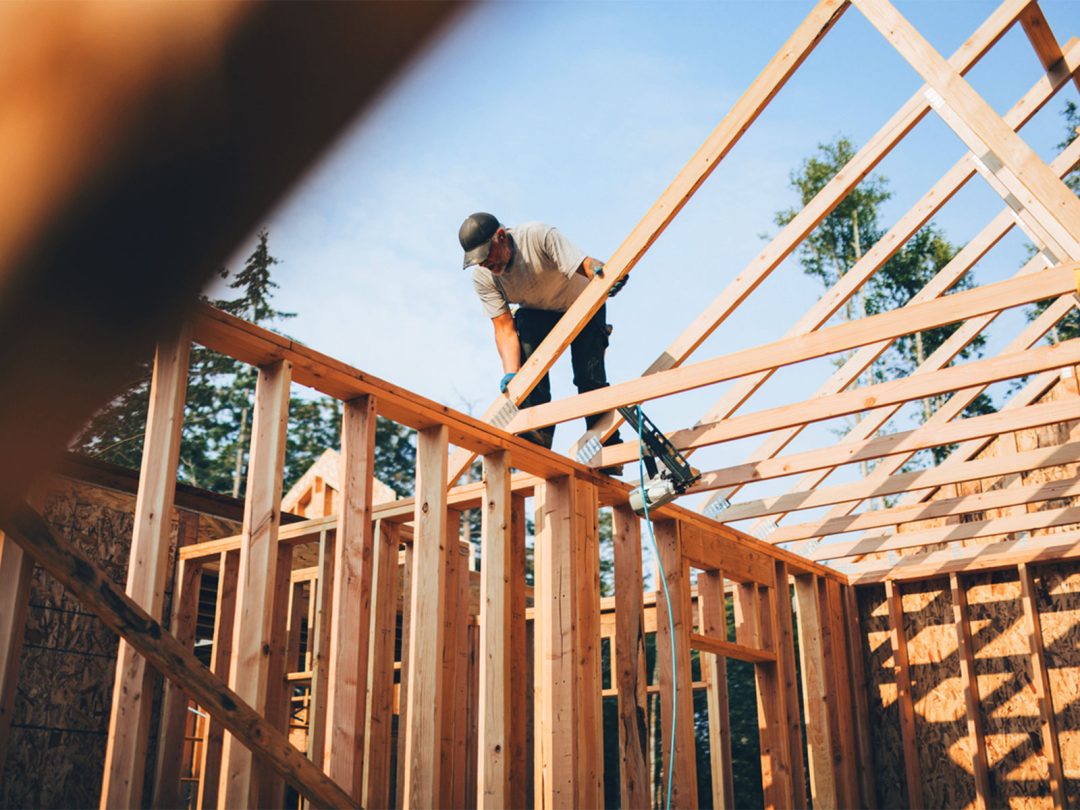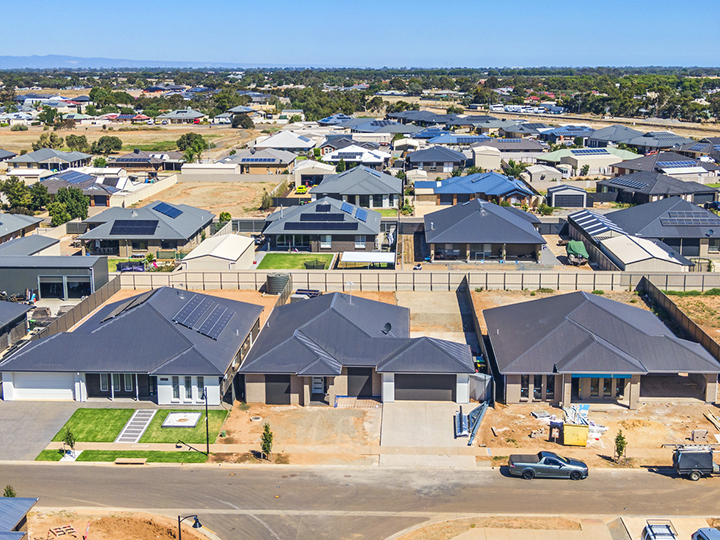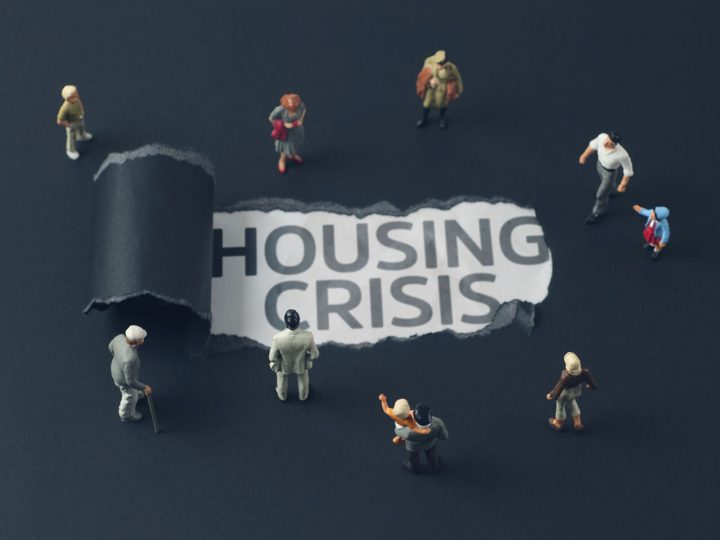Australia’s housing and rental crisis has been a pressing issue, with skyrocketing rents, low vacancy rates and affordability concerns dominating headlines.
The newly elected Labor government has made ambitious promises to tackle these challenges, aiming to increase housing supply, support renters and improve affordability.
Labor’s housing commitments
1. Housing Australia Future Fund

One of Labor’s flagship policies is the $10 billion Housing Australia Future Fund, designed to build 30,000 new affordable homes within five years.
This includes:
· 20,000 social housing properties, with 4,000 allocated to women fleeing domestic violence and older women at risk of homelessness.
· 10,000 affordable rental homes for frontline workers such as nurses, police officers and cleaners.
· $200 million for remote Indigenous housing improvements.
· $100 million for crisis and transitional housing for women and children escaping domestic violence.
· $30 million for housing and specialist services for homeless veterans.
2. Social Housing Accelerator
In response to urgent housing shortages, Labor has introduced a $2 billion Social Housing Accelerator to fast-track the construction of thousands of new social homes.
States and territories must commit all funding by June 2025, ensuring rapid development.
3. First Home Buyer Support

Labor has expanded the Regional First Home Buyer Guarantee, allowing regional Australians to purchase homes with as little as a 5% deposit while avoiding lenders’ mortgage insurance.
4. Build-to-Rent incentives
To boost rental supply, Labor is offering tax incentives for build-to-rent developments, expected to deliver 80,000 new rental units over the next decade.
Addressing the rental crisis
1. Rent Assistance expansion
Labor has pledged to increase Commonwealth Rent Assistance, providing additional financial relief for low-income renters struggling with affordability.
2. Stronger tenant protections

The government is working with states to implement national rental standards, ensuring fairer lease agreements and limiting excessive rent increases.
3. Tackling short-term rentals
Labor is considering regulations on short-term rental platforms like Airbnb to prevent investors from removing long-term rental properties from the market.
Challenges and criticism

Despite these commitments, experts warn that Australia may fall 400,000 homes short of Labor’s 1.2 million home target.
Supply chain issues, rising construction costs and labour shortages pose significant obstacles.
Additionally, some critics argue that Labor’s policies focus too much on demand-side solutions rather than addressing structural supply shortages.
Others worry that tax incentives for investors may not be enough to encourage long-term rental affordability.
Conclusion

Labor’s housing and rental crisis promises are ambitious, aiming to provide relief for renters, boost housing supply and improve affordability.
While these initiatives offer hope, their success will depend on effective implementation and overcoming economic challenges.

